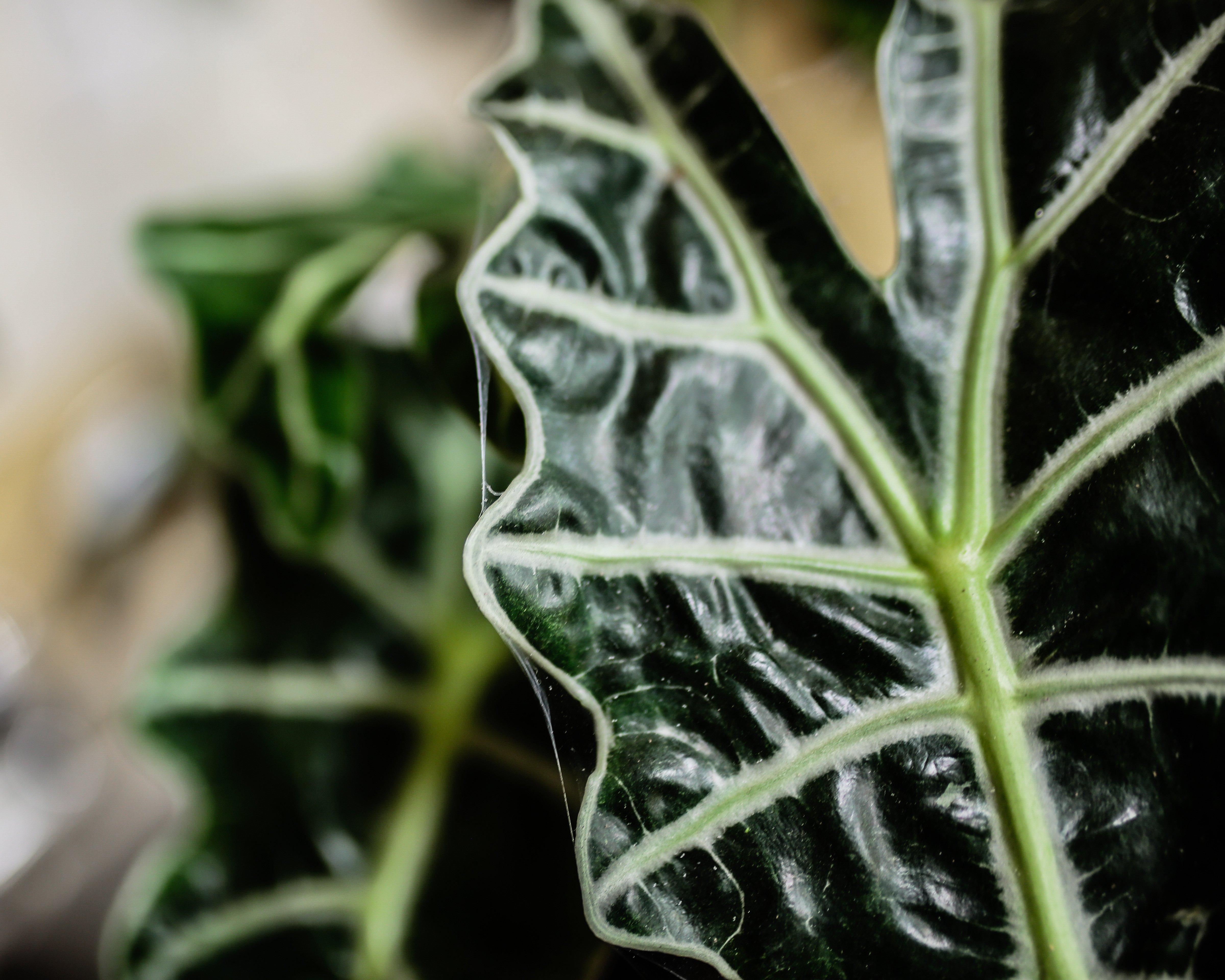
You brought home a new orchid, and something doesn’t seem quite right. Is it water? Light? Temperature? Or something else? It could be Spider Mites.
We don’t want you to panic though. We are here to help you find out if pests are the problem and how you can get rid of them. There may be circumstances where it’s too late, but if you’re a proactive orchid parent, we want to help you save your plant!
Unlike other pests that attack a Phalaenopsis orchid, spider mites are nearly microscopic creatures, which makes finding them during the early stages of the infestation very difficult.
Spider mites will cause significant damage to the orchid, particularly on the underside of the leaves, because the mites kill the cells on the surface layer. When spider mites are present, the top side of the leaves will have yellow spots, which will eventually turn brown as time goes on. The bottom side of the leaves will take on a silvery color.
The silken webs that spider mites spin is a tell-tale sign that the pests are attacking a Phalaenopsis orchid. The webs are spun from the bottom of the leaves and can often be seen connecting one leaf to another.
As we often say, your leaves and roots tell you much about your plants. When it comes to pests, leaves tell all. So, if you’re skeptical about pests, check those leaves often!
Spider mites survive by sucking the sap and chlorophyll out of the leaves. The sucking process is why the Phalaenopsis orchid experiences bruises and disfiguring marks.
Most spider mites attack during the wintertime when the humidity is low. The bad news is that some species of spider mites can hibernate and attack the Phalaenopsis orchid long after it is believed that the mite infestation is over.
Spider mites are extremely difficult to see. To confirm that mites are on the orchid, take a white cloth or tissue and run it along the underside of the leaf. Check to see if there are any red or brown colored streaks. Because of their tiny size, a handheld magnifying glass is a good tool for finding spider mites on Phalaenopsis orchids.
To reduce the risk in the colder months, place your plant in a more humid room (like a bathroom), keep it away from dry air, like drafts, or add a humidifier to increase the moisture in your space.
Some people have a fear of spiders; if your orchid plants could speak, they might express a fear of spider mites.
These sap-sucking orchid pests come in two varieties. The two-spotted spider mite, named for a pair of black spots against a yellow-green body, is common to North America. The flat mite is native to tropical climates.
Unfortunately, because spider mites are microscopic creatures, they’re impossible to detect until they’ve wreaked their damage.
While it may not be reassuring to those of you who hate bugs, you won’t be seeing creepy, 8-legged bugs visibly crawling on your plants.
Spider mites thrive in hot, dry conditions—so orchids near a sunny window may be more vulnerable. A humid greenhouse is a good alternative, but for most orchid owners, simply spraying down your orchids regularly works, too.
Like their namesake, spider mites spin tiny webs. Spray a fine mist of water on your leaves, then hold the plant up to a light to detect the web and any orchid pests inhabiting it. Destroying the web is crucial, as it blocks topical treatment from reaching the leaves. Isolate any web-infested plant, as spider mites breed quickly from pot to pot.
Kill spider mites with any combination of soap and water, vegetable oil, or a mixture of dish soap and rubbing alcohol. Spray or wipe these treatments onto your leaves once a week for at least three weeks to ensure you eliminate all the pests.
For more tips about caring for your orchid, check out the wealth of information found in the care section of our website here.

Copyright Just Add Ice® Orchids 2023